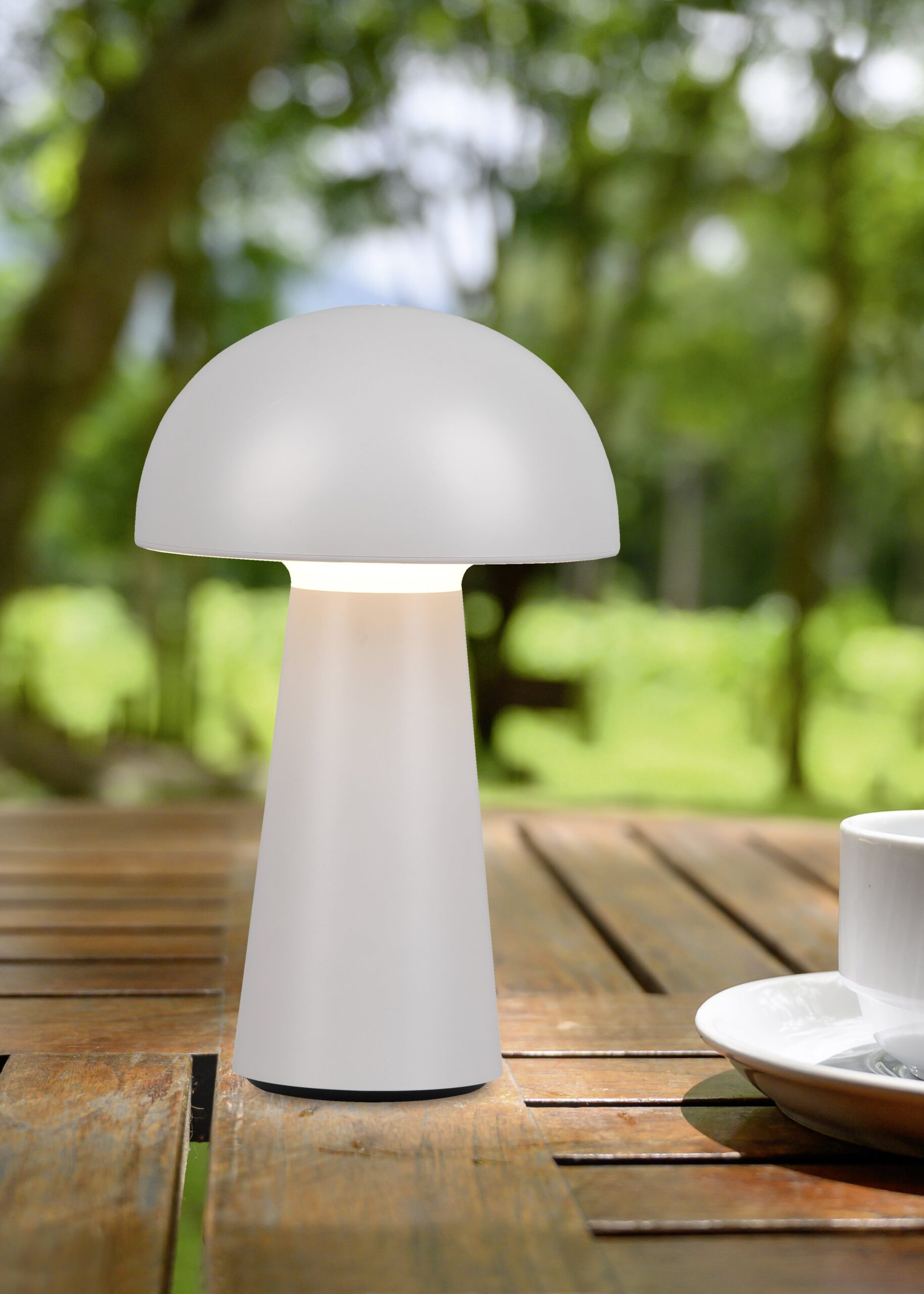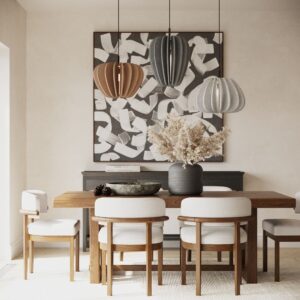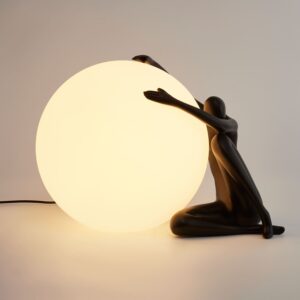Lighting and mood: how does light affect our mood?

Lighting and mood: how does light affect our mood?
Light plays a much bigger role in our daily lives than we often realize. The right lighting is not just functional – it directly affects our mood, concentration and overall well-being. Whether we choose soft evening light or strong, cool task light, both have their own effects. In this article, we explore how different lighting solutions shape our mood and what practical recommendations can be applied to our home environment.
Warm vs. cold light – the right tone for the right room
The color temperature of light largely determines how we feel in a room. Warm light (2700K–3000K) creates a cozy and relaxing atmosphere and is perfect for living rooms, bedrooms and lounges. Colder light (4000K–5000K) is stimulating and helps you focus – which is why it is well suited for the kitchen, study or home office. Many modern LED lamps allow you to adjust the color temperature as needed.

Light Concept
Natural light and biological rhythm
Our internal clock is largely dependent on natural light. The amount and intensity of light during the day affects sleep, wakefulness and energy levels. Morning daylight helps to wake up and start the day energetically, while evening blue light can disrupt sleep. It is advisable to use lighting that allows you to adjust the brightness level and color according to the time of day – so-called “tuneable white” lighting.
Mood-creating lighting
Mood lights are often used to create accents and change the atmosphere. For example, LED strips that can be installed under shelves, headboards or kitchen cabinets create a soft and non-binding light. Smart lights are also popular, which can be controlled via an app or by voice command, changing the color of the light according to the mood or event.

Light Concept
Evening relaxation and sleep preparation
In the evening, it is recommended to reduce strong general lighting and move towards diffused and warmer lighting. Dimmer lights, fabric-domed ceiling lamps and smaller wall lights help the body calm down and prepare for a restful sleep. It is definitely worth avoiding bright cold light sources right before going to bed.
Summary
Lighting is more than just a practical necessity – it is a mood-creating and health-affecting factor. Properly chosen lighting supports our daily rhythm, creates a sense of comfort and directly affects the quality of life. It is worth investing in flexible and high-quality lighting solutions that allow you to adjust the light to your mood and activity.

Read also: How to install a ceiling light yourself – step-by-step guide
Read also: Rechargeable table lamps: beauty and convenience in use



 CHANDELIER
CHANDELIER PENDANT
PENDANT




























